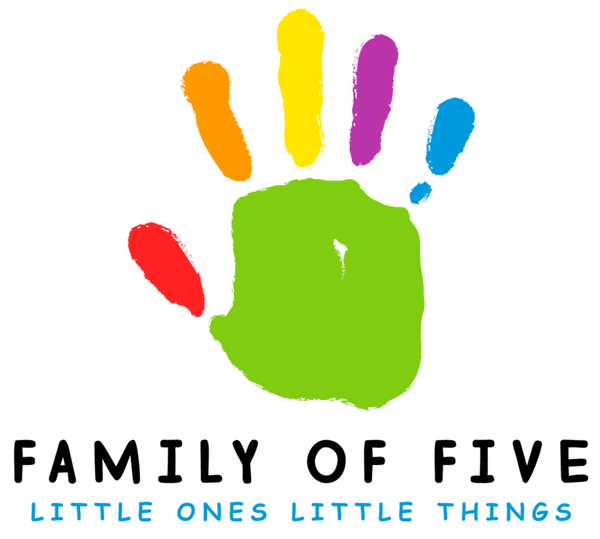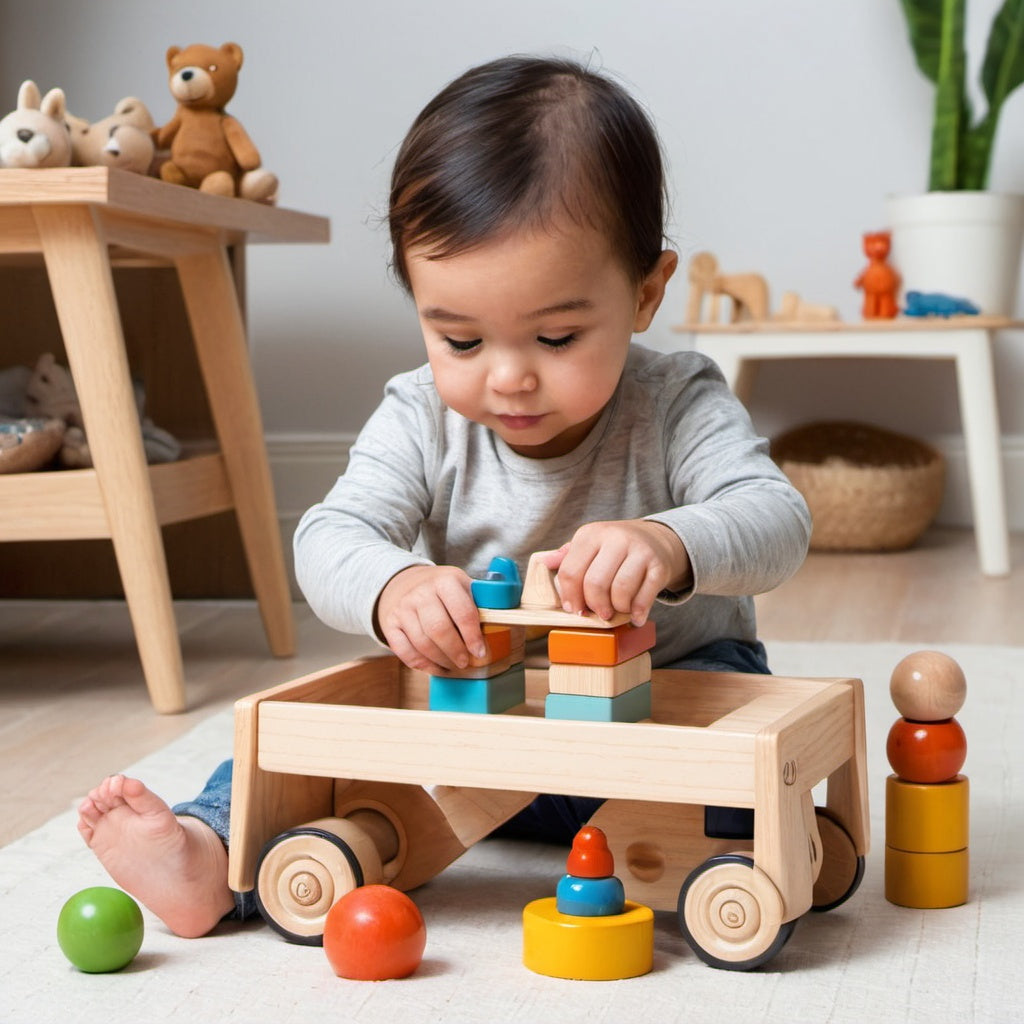Wooden toys have long been cherished for their durability, educational value, and timeless appeal. While they offer numerous benefits for children's development, it's essential to ensure that our little ones play safely with them. In today's blog post, we'll share some valuable wooden toy safety tips to help you and your children enjoy these classic toys safely and responsibly.
Choosing Age-Appropriate Wooden Toys
When selecting wooden toys for your children, always consider their age and developmental stage. Opt for toys that are suitable for your child's age group, as indicated by the manufacturer. Here's a general guide:
-
0-12 months: Choose wooden toys that are easy to grasp, without small parts that could pose a choking hazard.
-
1-3 years: Select toys with rounded edges, sturdy construction, and non-toxic paint or finish.
-
3+ years: As children grow, you can introduce more complex wooden toys like puzzles, building blocks, and educational games that challenge their cognitive and motor skills.

Inspecting Wooden Toys for Safety
Before giving a wooden toy to your child, inspect it carefully to ensure it meets safety standards:
-
Check for Small Parts: Ensure that the toy does not have small parts that could break off and become a choking hazard.
-
Inspect for Sharp Edges: Look for any sharp or rough edges that could potentially harm your child.
-
Verify Non-Toxic Materials: Ensure the toy is made from non-toxic materials and finishes, especially if your child tends to put toys in their mouth.
-
Test Durability: Choose toys made from high-quality, durable wood that can withstand rough play without breaking or splintering.

Safe Play Practices with Wooden Toys
Teaching your children how to play safely with wooden toys is crucial for their well-being:
-
Supervise Playtime: Always supervise younger children while they play with wooden toys to ensure they are using them appropriately.
-
Teach Sharing and Taking Turns: Encourage sharing and taking turns to promote social skills and prevent disputes during playtime.
-
Clean and Maintain Wooden Toys: Regularly clean wooden toys with a mild soap and water solution, and check for any signs of wear and tear that may require repair or replacement.

Conclusion
Wooden toys offer a plethora of benefits for children's development, but it's our responsibility as caregivers to ensure they play safely with them. By choosing age-appropriate toys, inspecting them for safety, and teaching our children safe play practices, we can create a safe and enjoyable play environment for our little ones.
We hope you find these wooden toy safety tips helpful and that they empower you to make informed choices when selecting and introducing wooden toys to your child's playtime.
Happy and safe playing!


